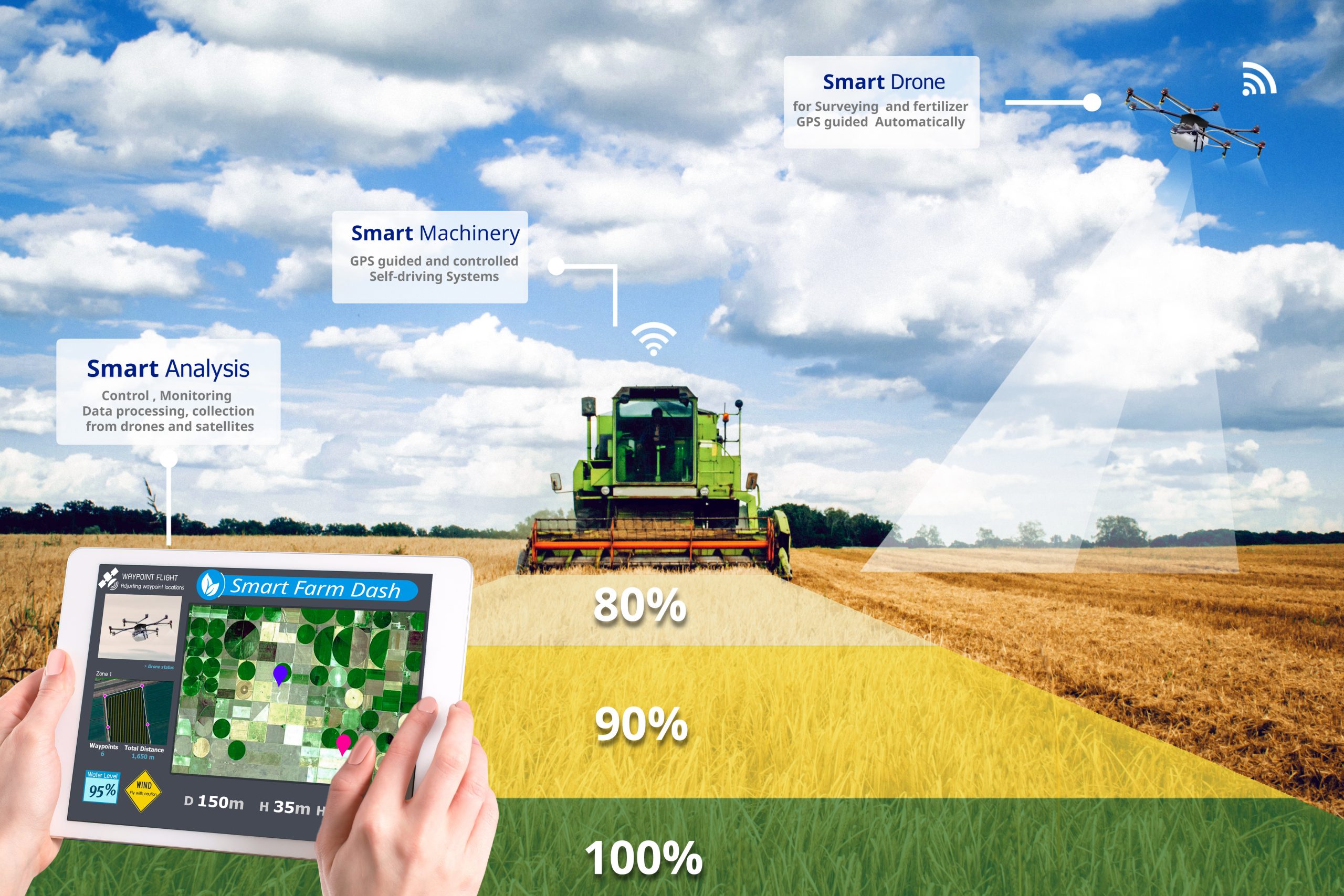Smart agriculture: bringing technological innovation to agriculture requires innovative conceptualization and management of multiple resources in light of increasingly available data. An example of an innovative methodology and criteria capable of organizing data and using such information to optimize the use of technologies and primary resources used in production processes is presented.
The concept of precision agriculture, understood as location-based crop management, has recently been associated with the concept of smart agriculture. A “smart” system allows for an open, integrative, systematic, inter- and transdisciplinary system vision.
The concept of “smart” applied to agriculture includes the use of new digital and high-tech technologies and the creation of a local community where these technologies are relevant. Innovation, defined as a new idea or method, is the cornerstone of smart agriculture. New forms of innovation span all dimensions of the agricultural production cycle, along the entire value chain. These innovations range from crop, input and resource management to organization, marketing and distribution. New technologies such as sensors, decision support systems (DSS), automation and robotics, data collection, traceability, and blockchain are available to farmers to support and increase productivity.
However, there are some difficulties in the adoption of PA and smart farming solutions. These obstacles can be summarized in two main points. First, there is a lack of information about the benefits of using smart agriculture instead of the traditional way of production[1] because these benefits are not recognized . Second, the significant amount of technology and data collection required for smart agriculture can be difficult to manage.
For these reasons, a reference framework was created. The purpose of this framework is to propose a methodology for farmers, experts, and other agricultural stakeholders. This methodology allows orientation to the many choices offered by precision agriculture and smart agriculture to find the best choice and entrepreneurial and technological solution. It is possible to summarize this methodology in four steps:
Understanding changes in operations;
Determining the added value of smart agriculture processes;
Verifying the reliability of new technologies;
Adjusting production processes.



